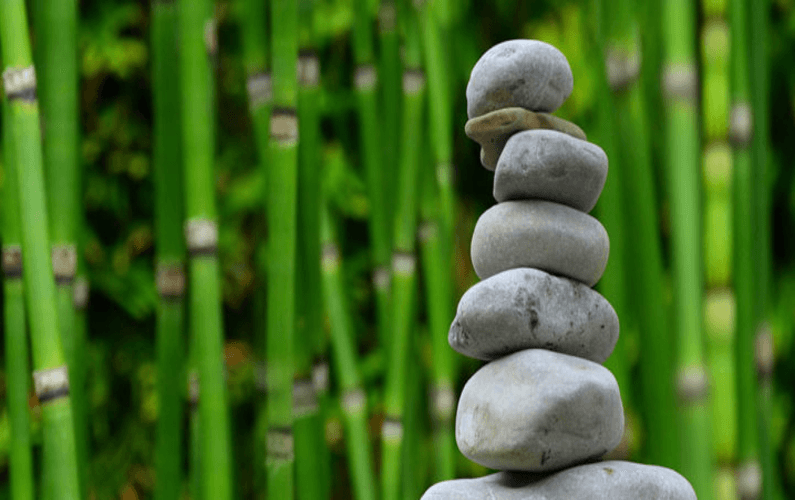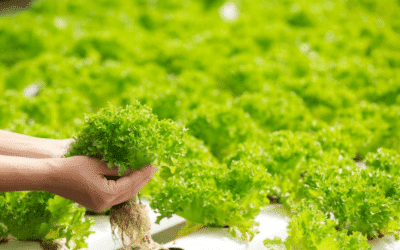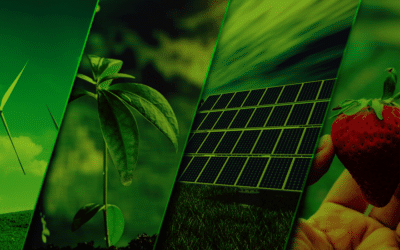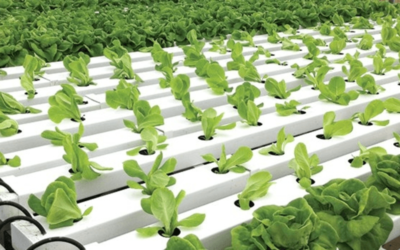Ever heard the term ‘early adopter’? It’s used to describe people who are the first to use a new invention or technology before it becomes popular. A good example of this would be television. While some wrote it off as a passing fad, there were those who rushed out to buy their first set. But more often than not, the real reason more people aren’t early adopters of a new technology comes down to cost.
And that’s how many people feel about green homes. If you’re in the market for a new home, you may be wondering whether you should buy a green home now, or wait until they become more affordable. This article will try to help you make a decision about the biggest investment you’ll ever make.
How do you define a green home?
It’s easy to a label a home as ‘eco-friendly’ but before you part with your money you should spend a little time figuring out what ‘green’ means to you.
For some, it’s the fact that a home is energy-efficient. Whether or not you’re ready to go completely off the grid is matter of choice, but if saving on your monthly electricity bill is your main motivation for buying a green home, you’ll want it to have the following features:
– Superior insulation
– Double-glazed windows and doors
– Photovoltaic solar panels
Another reason people are attracted to a green home has to do with health benefits they provide, especially for allergy suffers. That means they’re especially interested in the use of non-toxic building materials from paints and varnishes to carpeting. A green home provides:
– Improved air quality
– Superior ventilation
– Reduced exposure to allergens
Finally, there are those who see green homes as having little impact on the environment. In this case, building materials that are locally sourced and / or sustainable become the main focus. This may take the form of:
– Bamboo for flooring and countertops
– Recycling existing materials such as concrete
– Reclaimed bricks
The ultimate green home combines all of these features. Once you can define what ‘green’ means to you, you can eliminate potential properties that don’t fit your definition. You’ll also be able to work out how quickly you can expect a return on your investment.
How much more would a green home cost?
At present there are simply not enough green homes available to provide the data needed to answer this question. But studies in the US show that green homes on average sell for 9% more than ordinary homes. However, when you’re working with a budget, even a figure below double-digits can be off-putting.
What you should really be looking at is how quickly you can recoup your initial outlay by the savings you’ll enjoy on your monthly running costs. Take for example the savings you’ll get from doing something as simple as installing a solar water heater. If you were to retro-fit an existing home with a 200l solar water heater it would cost you in the region of R20 000.
It is expensive, but bear in mind that electric heaters contribute between 30% and 50% of your monthly electricity bill. On a bill of R800 a month, and averaged out at 45%, that means just R360 a month goes towards heating water for bathing and washing. But using the power of the sun to heat your water is completely free which means that money stays in your pocket. And within just four to five years you’ll completely recoup the costs of installing a solar water heater.
That’s just one element of a green home. Imagine how much more you’ll save with a home that incorporates more energy-saving features. Proper insulation is a case in point. With the mild climate we enjoy, many homes have no form of insulation at all. You may think that double-glazed windows and doors and underfloor heating are only for homes in the northern hemisphere. But these features have advantages beyond just making the interior of your home more comfortable in winter.
They also help to keep it cooler in summer which means you save on air conditioning. And although you could go through a winter on the Highveld without ever switching on a heater in a green home, if you did, you wouldn’t need to use it for very long to achieve the temperature you want.
Some homeowners opt for roofing insulation for this very reason. But in a green home, even the exterior walls are insulated. The result is a home that maintains an even, comfortable temperature throughout the year without relying on energy-hungry heating and cooling appliances.
And it’s not just your energy costs that you should take into account. What about your water usage? As access to clean water becomes scarce, the price of supplying homes with this vital resource is bound to go up. In a green home you have several options for decreasing your reliance on the municipal supply.
The first method is to install low-flow showerheads and faucets to reduce the amount of water you use for everyday bathing and cleaning. You might also look at ways to re-use grey water for your garden or washing your car. But you can take it one step further by securing a water source for your own private use.
Rainwater tanks can be installed underground, keeping them out of sight where they won’t detract from the aesthetic of your property. Efficient pumps can be installed, along with filters, to make the rainwater you collect potable and safe for use throughout your home. It reduces your reliance on the municipal supply and ensures you always have access to water.
Green home developers take care to ensure your home and gutters are placed in an optimal position to maximise rainwater collection. Even in an area with little annual rainfall, you can ensure that your home has the ability to collect and store water.
Bear in mind that while many of these features ultimately add to the cost of a green home, the money you save on electricity and water will make it much easier to afford.
What are the other advantages of living in a green home?
If you’ve never experienced a ‘green’ home, it can be difficult to understand that there are benefits beyond saving money. But there are several:
- Good for the environment
Green homes make a real difference to the environment in many different ways, and everyone benefits. Reduced energy consumption means less harmful greenhouse gases are released into the atmosphere. And by recycling or using sustainable materials they contribute less waste too. Everything from the design, to the materials used works in harmony with nature and not against it.
- Good for the people
Non-toxic materials and better ventilation makes a green home a healthy place to live. Your immune system isn’t weakened by toxic chemicals or bombarded with dust or mildew so you simply don’t get sick as often. The temperature in a green home is moderated by features such as insulation and hydronics radiant heating and cooling. An even temperature reduces your reliance on air-conditioners and heaters which can spread bacteria and viruses.
Finally, they are simply quieter and more comfortable than regular homes. Double-glazed windows and doors reduce noise pollution and well-sealed doors stop drafts from getting in.
- Good for your wallet
You don’t just save on your monthly running costs, you save on maintenance too. Green homes cost less to maintain because they use materials that last. Everything from the roof tiles to the flooring is made to withstand years of use without losing their looks.
And should you ever want to put your green home on the market, you’ll discover that it commands a better price for your property than a traditional house. As time goes by, these green features will become more desirable. If you home already has these, then you will be able to raise your price—and get it.
The cost of not going green
The real question is not whether you can afford a green home; the question is whether you can afford not to invest in one. The truth is the cost and availability of things we take for granted now will get even worse. Investing in a green home now allows you to face the future costs of living with confidence.
As costs continue to rise, you end up saving more every year which means you can recoup your costs at a faster rate. It’s a small but growing trend that will gather strength as more people come to realise how important going green is for the planet—and their pocket. While green technologies may become more affordable as time goes on, waiting for that to happen could cost you so much more in the meantime. Especially if you consider that the cost of electricity will rise even faster.
While retrofitting an existing home with some green features will help you to save money, these renovations can be prohibitively expensive. Which is why is makes more sense to invest in a ready-built green home. There are not many of these available; if you’re willing and flexible with your location, you will find something suitable.
A green home is designed to reduce your reliance on municipal suppliers of power and water. And by reducing demand, you free up those resources for others. So in the end, everyone benefits from a green home—even those who don’t live in one. Any home is an investment in your future and you have to consider the long-term when making your decisions.
Green homes make considerable sense in the long-term. They are cheaper to run, cheaper to maintain and will be more valuable should you ever have to sell. Being an early adopter is a risk. There’s always the possibility that a new technology will not work out or that it will become so much cheaper that you’ll regret having paid so much to be among the first to have it. This will never happen with a green home. No matter how much you invest now, you will continue to increase your savings over time.
When an investment like that comes along you simply can’t ignore it. Along with all the other benefits of going green, making a solid investment in your future outweighs everything else. So if you’re ready to make the commitment— you’ll find there’s a green home out there for you.








